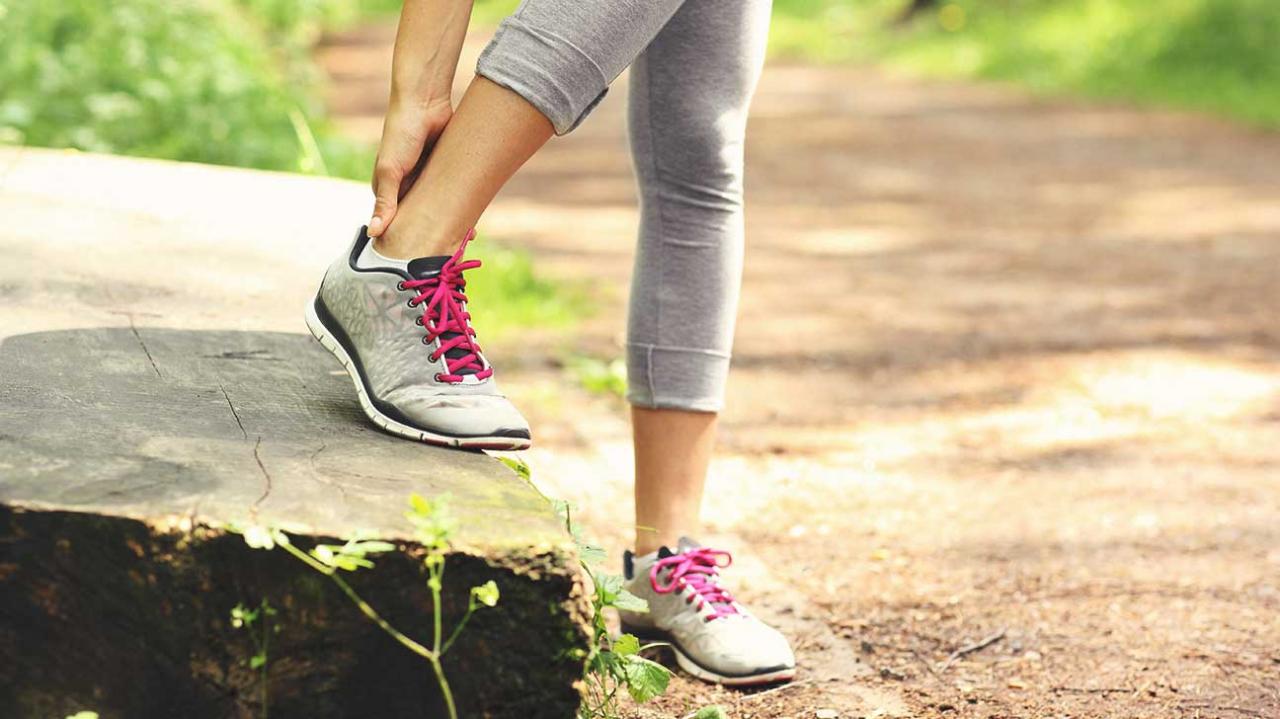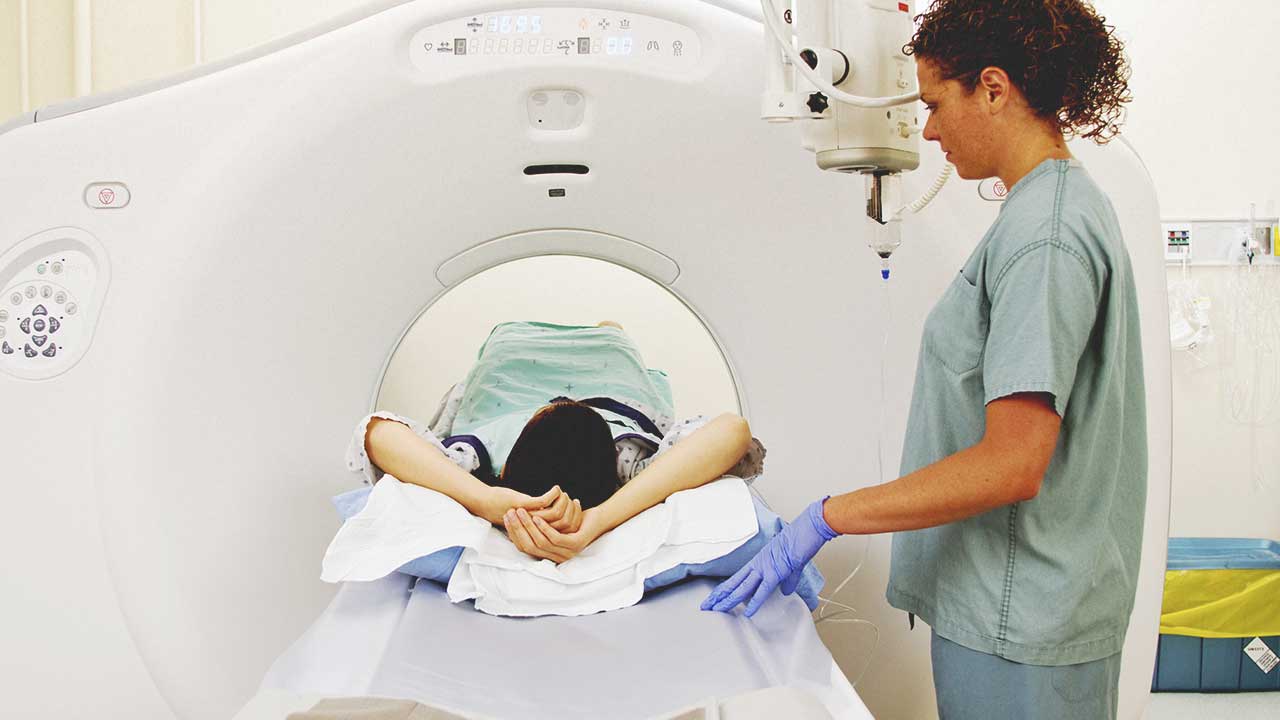
As with most chronic conditions, ankylosing spondylitis (AS) can be difficult to explain to others. This has resulted in a lot of misconceptions about the disease. That’s why we’ve gathered this list of myths and debunked them for you.
1. Myth: AS only affects your back
The distinguishing feature of AS is that it mainly affects the back. One of the main signs of the disease is inflammation of the joints between your spine and pelvis (sacroiliac joints). Inflammation can spread to the rest of your spine.
Lower back pain and stiffness are common symptoms, especially upon awakening
AS is not confined to your back, though. It can spread to other joints, including your:
- shoulders
- ribs
- hips
- knees
- feet — primarily heels
Up to 40 percent of the time, it affects the eyes at some point in the long course of the disease. In rare cases, it can damage the lungs or heart.
So it’s more than a back problem. It’s an inflammatory disease that can affect your whole body.
2. Myth: Young people don’t get AS
Most people think of arthritis as something that occurs with aging. But if you’re young and have AS, you’re far from alone.
AS is typically diagnosed between the ages of 15 and 30, and rarely after age 45.
It’s not a disease of aging, and you didn’t do anything to cause it.
3. Myth: Exercise makes it worse
If you’re experiencing back pain, your natural instinct may be to avoid physical activity. You probably should avoid heavy lifting and other activities that strain your back.
The flip side of that is the right kind of exercises can make you feel better right now and in the long run. In fact, exercise is an important part of AS treatment and preserves flexibility.
Before starting a new exercise routine, talk to your doctor about which exercises are best for you. Then, start with something easy and gradually build up your routine.
Consider consulting with a physical therapist or personal trainer familiar with AS. They can show you how to perform exercises safely and effectively. Once you gain confidence, you can work out on your own.
Strength training can help build muscles to assist in supporting your joints. Range-of-motion and stretching exercises improve flexibility and ease stiffness.
If exercise is hard, try working out in a swimming pool, which can be a lot easier and less painful, while providing tremendous health benefits.
It also helps to be mindful of your posture, keeping your spine as straight as you can at all times.
4. Myth: A fused back and severe disability are inevitable
AS doesn’t progresses at the same rate or in the same way in everyone with the condition.
Most people do have periodic episodes of mild to severe inflammation, stiffness, and back pain.
Repeated bouts of inflammation sometimes cause the vertebrae to fuse. This can severely limit movement and make it impossible to keep your spine straight. Fusion in your rib cage can reduce lung capacity and make it hard to breathe.
This doesn’t happen to everyone. Many people with AS have milder symptoms that can be effectively managed. It may require some lifestyle or occupational changes, but it doesn’t necessarily mean you’ll have severe disability or a fused back.
About 1 percent of people with AS get what’s known as disease burnout, and enter a long-term remission.
5. Myth: AS is rare
You’ve probably heard a lot about multiple sclerosis and cystic fibrosis, but neither affects as many people as AS does. Worldwide, about 1 in 200 adults have AS. According to the Arthritis Foundation, nearly half a million Americans are living with this condition. It’s more common than many people realize.
6. Myth: There’s nothing I can do about it, anyway
AS is chronic and progressive, but that doesn’t mean there’s nothing you can do about it.
The first step is to work with your doctor to create a personalized treatment plan. The short-term goal is to ease symptoms. The long-term goal is to try to minimize or prevent disability.
There are many medication options, depending on your particular symptoms. Some of them are:
- disease-modifying antirheumatic drugs (DMARDs): to control disease progression
- nonsteroidal anti-inflammatory drugs (NSAIDs): to lessen inflammation and pain (high doses may prevent disease progression)
- corticosteroids: to fight inflammation
- biologic agents: to relieve symptoms and prevent damage
Joint replacement surgery is an option for severely damaged joints.
Regular exercise can build muscle, which will help support your joints. It can also help keep you flexible and help reduce pain. Exercise also helps you maintain a healthy weight, which is easier on your back and other joints.
It’s also important to be mindful of your posture when sitting as well as standing.
Be sure to keep your doctor informed about your symptoms as they change. That way, you can adjust your treatment to reflect those changes.
The takeaway
It’s hard to predict how your AS will progress in the long term. One thing that is certain is that it will require lifelong disease management.
Good medical care, exercise, and medications are key to managing your condition. Learning all you can about this condition will enable you to make good decisions for your health and well-being.
Quiz: Test your knowlegde on ankylosing spondylitis
Read more in Ankylosing Spondylitis ResourcesAnkylosing spondylitis. (2015, February 9). Retrieved from https://rarediseases.info.nih.gov/diseases/9518/ankylosing-spondylitis#ref_9593
Ankylosing spondylitis. (2017, January 17). Retrieved from https://ghr.nlm.nih.gov/condition/ankylosing-spondylitis
Khan, M. A. (2002). Ankylosing spondylitis: The facts. Retrieved from http://faculty.mu.edu.sa/public/uploads/1348478498.1773Ankylosing Spondylitis.pdf
Overview of ankylosing spondylitis. (n.d.). Retrieved from http://www.spondylitis.org/Ankylosing-Spondylitis
Questions and answers about ankylosing spondylitis. (2016, June). Retrieved from https://www.niams.nih.gov/health_info/ankylosing_spondylitis/
What is ankylosing spondylitis? (n.d.). Retrieved from http://www.arthritis.org/about-arthritis/types/ankylosing-spondylitis/what-is-ankylosing-spondylitis.php



